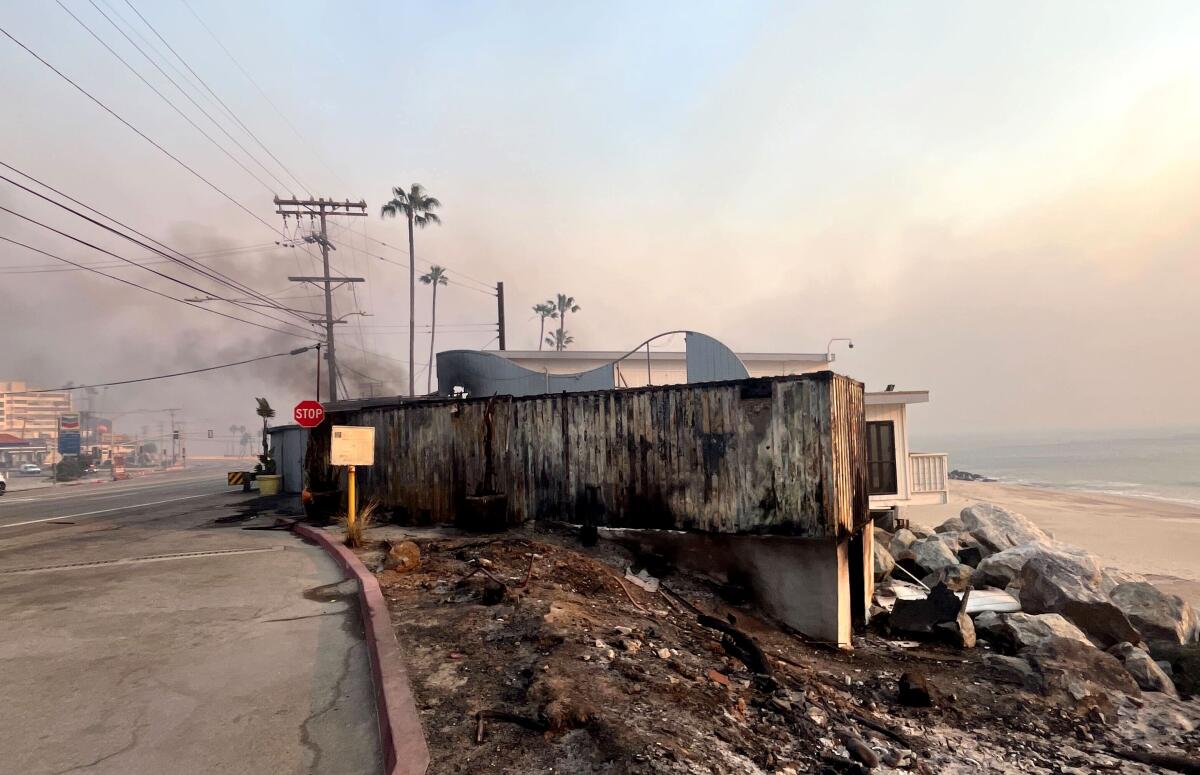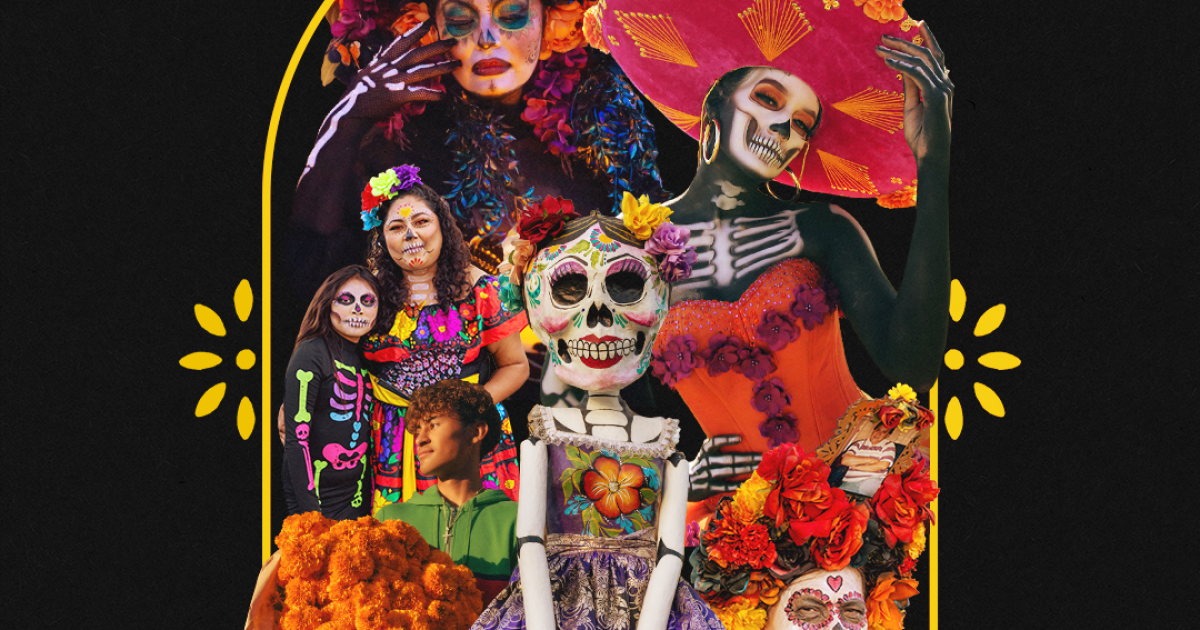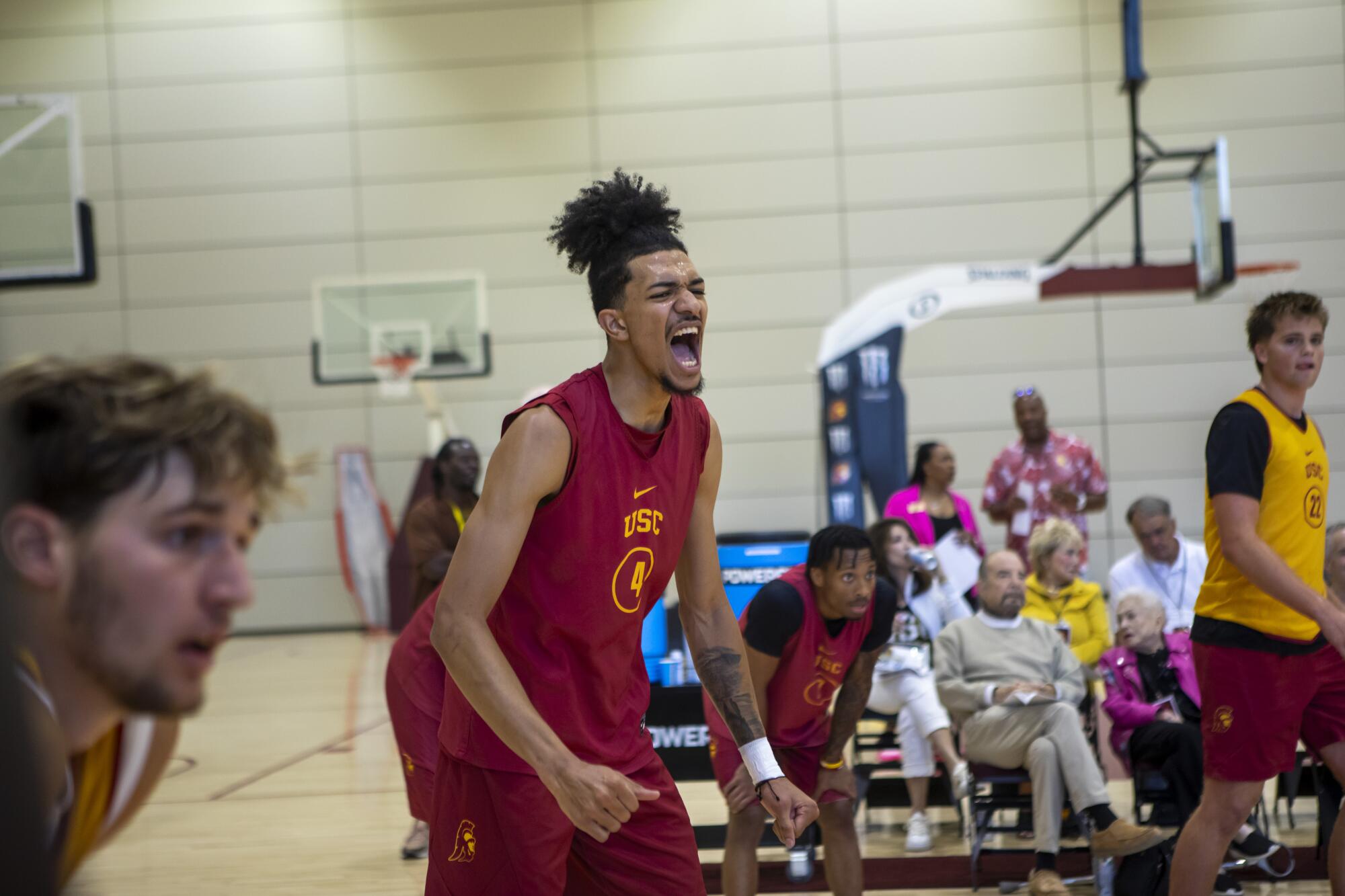Some Día de los Muertos festivies are canceled, others march forward
In Mexico and parts of Central America, Día de los Muertos is regarded as a day to commemorate and celebrate departed family and friends.
For generations, Greater Southern California has joined the tradition with altars, Aztec dances and displays of marigolds in late October to early November. The day to honor the dead also has served as a day of gathering among the living.
However, some celebrations are being reconsidered because of fears that participants may get caught in deportation raids executed by U.S. Immigration and Customs Enforcement agents.
This week the Department of Homeland Security announced it had deported more than half a million undocumented people since the Trump Administration took over in January. More than 2 million people have left the nation overall, the department said.
With raids continuing, some organizers of this weekend’s Día de los Muertos events are moving ahead with celebrations, while others have canceled them.
Times reporters spoke with event organizers to learn what they’re doing differently.
Cancellation is the policy
My colleague Suhauna Hussain reported in mid-September that Long Beach was nixing its annual parade, which drew sizable crowds in the past.
The event was canceled at the request of City Councilmember Mary Zendejas “out of an abundance of caution,” according to city spokesperson Kevin Lee, because it’s “a large and very public outdoor event.” Officials were not aware of any targeted federal enforcement activity.
“This decision did not come lightly,” Zendejas and the city said in statements. The decision addresses “genuine fears raised by community members, especially those who may face the possibility of sudden and indiscriminate federal enforcement actions that undermine the sense of security necessary to participate fully in public life.”
Roberto Carlos Lemus, a marketer who brought food trucks and other vendors to the festival last year, called the cancellation “very sad.”
“Everyone’s very sad about the situation. Día de los Muertos has been one of the largest celebrations for a very long time, and the city has done a great job putting it on,” Lemus told The Times. “Unfortunately, with Latinos being kidnapped and attacked by ICE and the current administration, I do understand why they made the decision that they made.”
The action was mirrored in other places. Santa Barbara’s Museum of Contemporary Art canceled its own parade because the “threat to undocumented families remains very real.” In Northern California, organizations in Berkeley and Eureka also canceled celebrations for similar reasons.
Moving ahead
Others are not letting the immigration raids interfere with the celebration.
Last year, tens of thousands of visitors patronized Division 9 Gallery’s Day of the Dead celebration in downtown Riverside. This year’s free two-day event will feature Aztec dancers, a pageant, processions, Lucha Libre wrestlers and altars — the traditional stands along with ofrendras placed inside classic cars — on Saturday and Sunday.
The event, located on Market Street between University Avenue and 14th Street, continues to grow in popularity, organizer Cosmé Cordova said.
Cordova said he’s not sure if there will be 60 altars, as was the case last year, or if 45,000 people will attend Saturday, the most popular of the two days.
“Because of what’s going on, people are afraid,” he said. “But we’re not canceling.”
Cordova said he’s hired security and noted that Riverside police and the mayor will be present.
“We’re working with the city and others to make sure everything is going to be good,” Cordova said. “This is an event that the community comes out for and I’m not concerned about anyone breaking it up.”
The week’s biggest stories
Gladstone’s Malibu, an iconic dining landmark, pictured partially smoking from the Palisades Fire on Jan. 8, 2025.
(Connor Sheets/Los Angeles Times)
Palisades Fire investigation
Dodgers World Series coverage
Trump Administration polices and reactions
Crime, courts and policing
More big stories
This week’s must-read
More great reads
For your weekend
Going out
Staying in
Have a great weekend, from the Essential California team
Jim Rainey, staff writer
Kevinisha Walker, multiplatform editor
Andrew J. Campa, reporter
Hugo Martín, assistant editor
Karim Doumar, head of newsletters
How can we make this newsletter more useful? Send comments to [email protected]. Check our top stories, topics and the latest articles on latimes.com.




